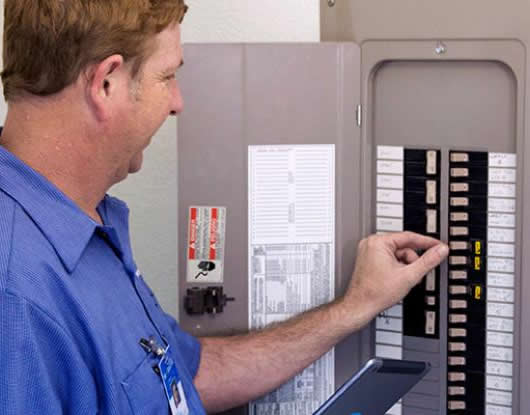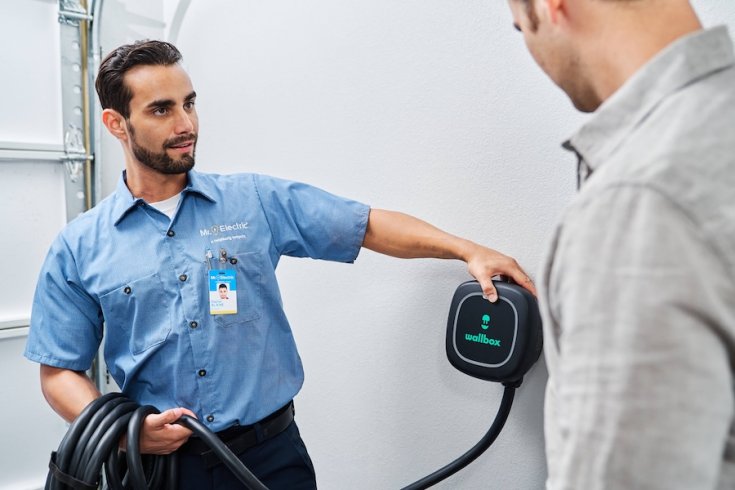How to Read an Electrical Panel
The electrical panel, often referred to as the circuit breaker panel, is the heart of your home's electrical system. It is the gatekeeper that controls the flow of electricity to different circuits within your home or business. Understanding how to read your electrical panel is crucial for the safety and maintenance of your electrical system. In this brief guide brought to you by Mr. Electric, we offer essential steps to properly read your electrical panel. We hope this empowers you to take control of your electrical supply and ensure the safety of your property.
If you ever need a uniformed electrician, call Mr. Electric for everything from reliable electrical repair service to affordable electrical panel replacement services. Our certified electricians are on standby for your call today.
Safety First!
Before you even approach your electrical panel, safety should be your top priority. Electrical panels can be dangerous if mishandled, so always take the following precautions:
- Turn off all electrical appliances and devices to avoid potential power surges.
- Ensure you are standing on a dry surface and are wearing non-conductive footwear.
- Use a flashlight if the panel is located in a dimly lit area.
- Keep children and pets away from the panel while working on it.
Anatomy of the Electrical Panel
Before diving into the specifics, let's familiarize ourselves with the key components of an electrical panel:
- Circuit Breakers: These are the switches or levers within the panel. They act as the first line of defense against electrical overloads and short circuits. Each circuit breaker is tied to a specific electrical circuit within your home or business.
- Amperage Rating: Amperage, measured in amps (A), signifies the maximum amount of current the circuit can handle without overheating. Common residential circuits are typically 15 or 20 amps, while larger appliances or high-demand circuits may require 30, 40, or 50-amp ratings.
- Labels: Labels or stickers within the panel provide crucial information about the circuits they control. They typically include circuit identification, amperage rating, and sometimes, a description of the area or appliances the circuit powers.
Reading Circuit Breakers
Now, let's explore how to read and interpret these elements to ensure a better understanding of your electrical panel.
Start by identifying each circuit breaker and the corresponding circuit it controls. This information is usually found on the label or the panel cover. Common labels may include "Kitchen," "Living Room," "Bedroom," or "Garage."
The position of a circuit breaker's toggle is important. When in the "ON" position, it allows electricity to flow through the circuit. In contrast, when it is in the "OFF" position, it interrupts the electrical flow, cutting power to the circuit.
If a circuit becomes overloaded or encounters a fault, the circuit breaker may trip, moving to a middle position between "ON" and "OFF." In this state, it has shut off power to the affected circuit to prevent overheating or electrical fires. To reset a tripped breaker, firmly push it to the "OFF" position and then back to the "ON" position.
Upgrade an Outdated or Inadequate Electrical Panel
If you plan to add new appliances or upgrade your electrical system, consult with a trained electrician. They can assess your panel's capacity and, if necessary, install higher-amperage circuits to accommodate increased electrical loads. Residents in the area can call Mr. Electric to consult with a certified electrician.







